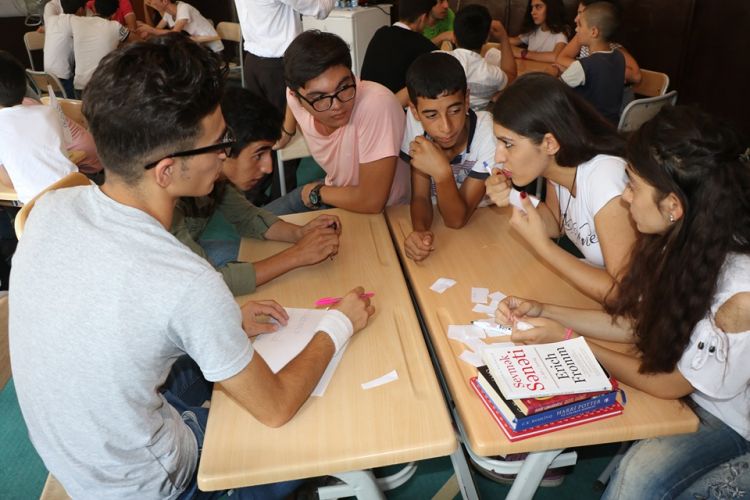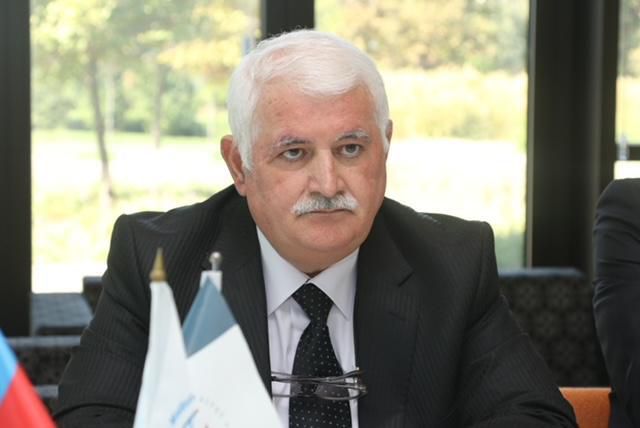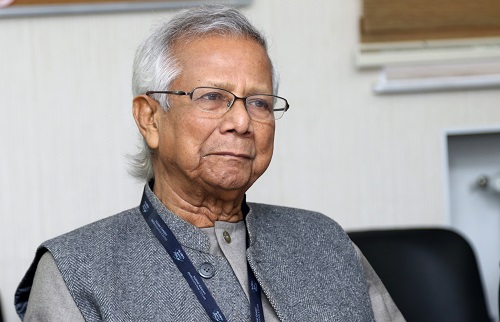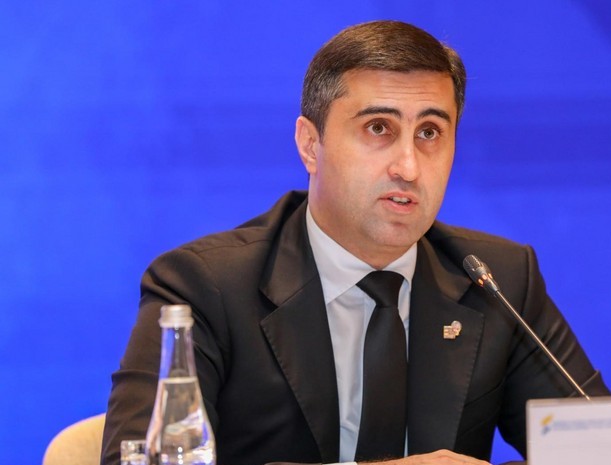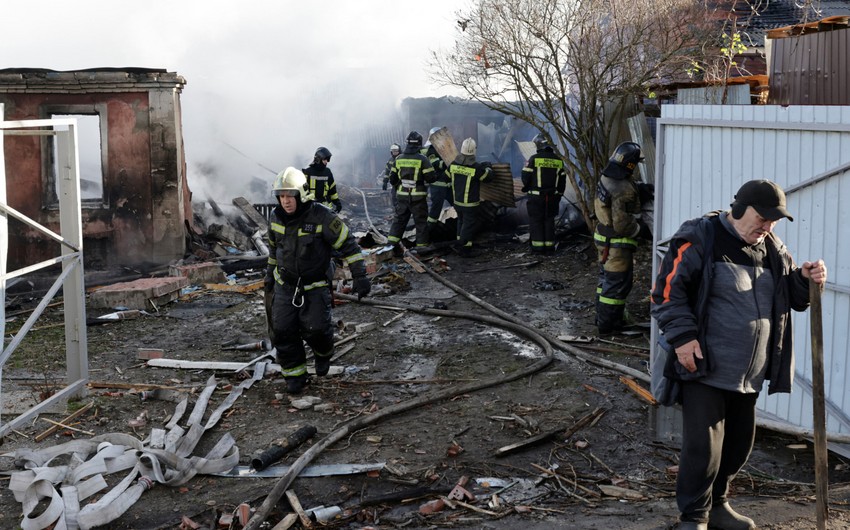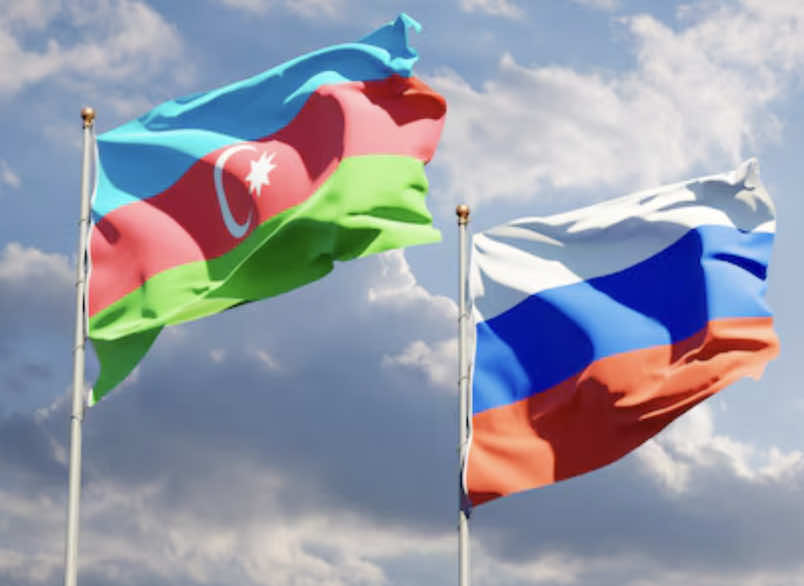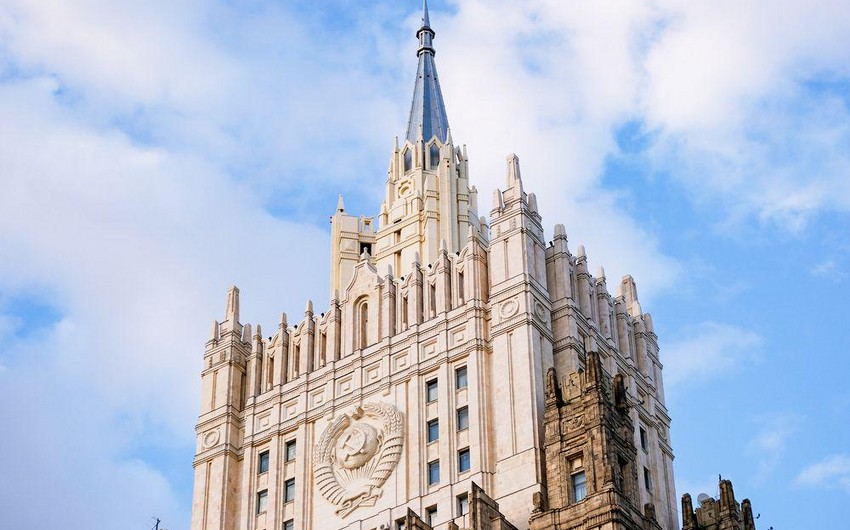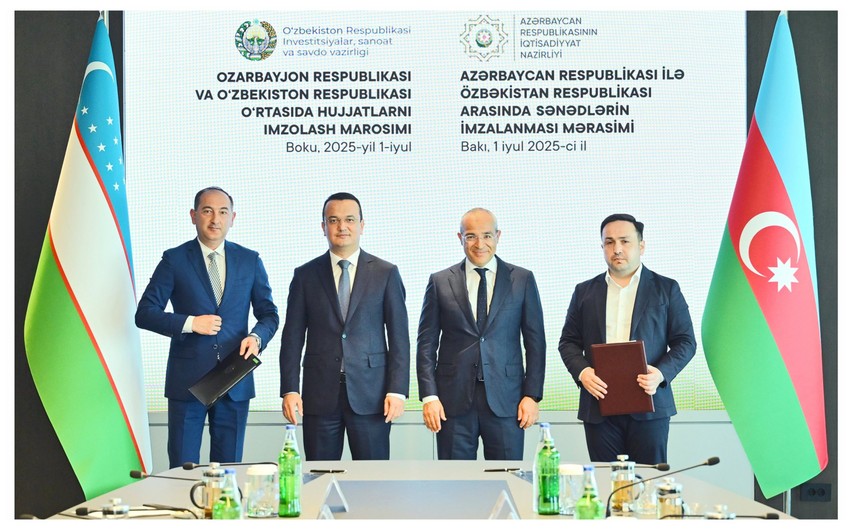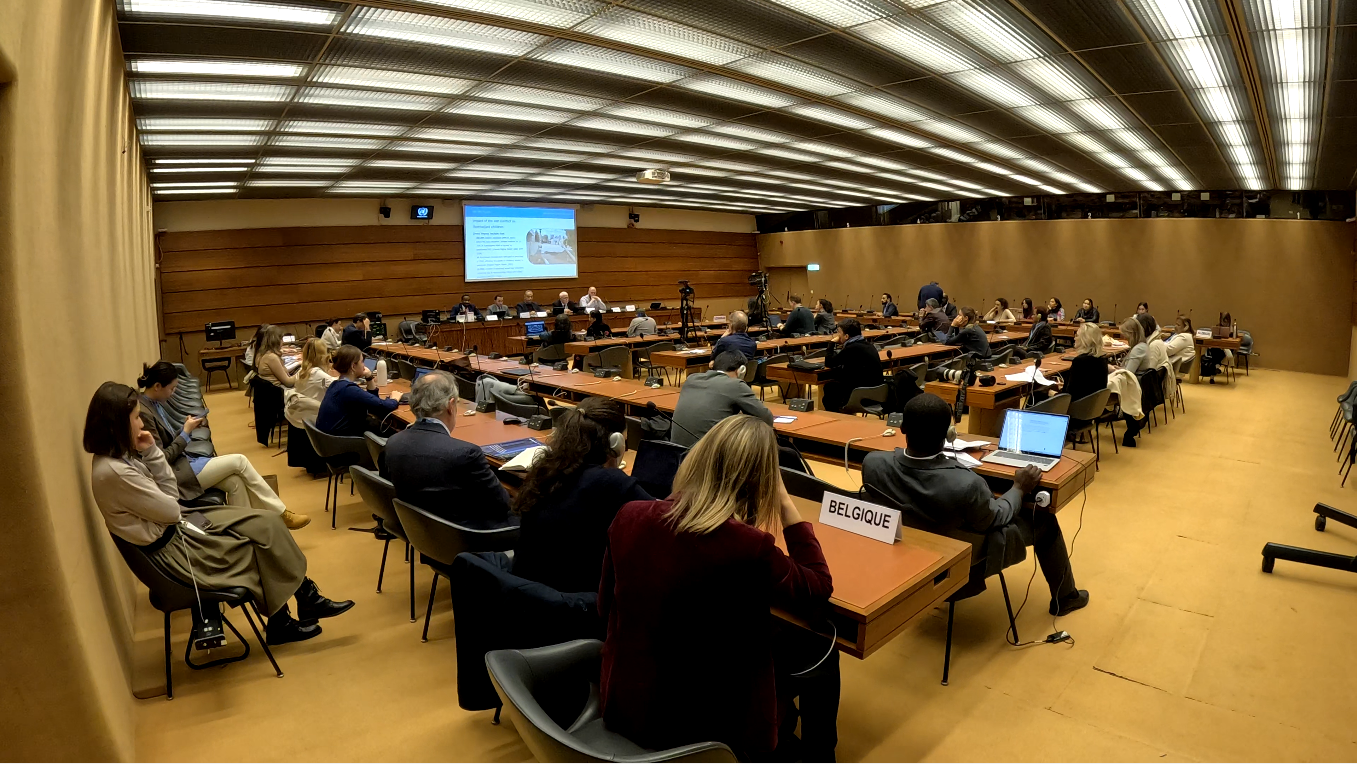On the front line districts, the toll of the 30 year conflict can be felt in the normalcy of loss-- lost land, lost homes, lost loved ones. There is little room for childhood games when the daily echoes of distant gunfire offer painful reminders of the instability surrounding them. Playgrounds are destroyed and overgrown, long ago fallen into disuse. The youth in these districts never knew life before the conflict. Theirs is a life lived in fear of renewed aggressions, a life where the painful shadows of the past limit the bright dreams of the future.
“Youth in these districts have less opportunity than in the capital city and in the other districts,” explained Natik Umarov, Youth and Adolescent Development Officer at UNICEF. “We want to help these young people believe that they can participate in changing their environment. We’d like young people in these districts to be an advocate for their peers, to promote issues that are important to them with the local authorities.”
To achieve this goal, UNICEF worked with the International Eurasia Press Fund (IEPF) to develop the Azerbaijanii Youth Advocate Programme (AYAP). This innovative program provides adolescents from vulnerable groups the skills necessary to work with local Executive Committees in addressing issues that concern youth. In 2018, the program was revitalized in Tartar, Barda, and Goranboy-- the three districts bordering the line of contact along the disputed territory of Nagorno-Karabakh.
The first step in this project was to identify teens who could serve as leaders and advocates for their peers. Twenty young people were selected from each of the three districts to form Youth Advisory Councils (YACs). Chingiz Rahmanov, AYAP Project Coordinator, recalls the early stages of working with the councils. “In the beginning they didn’t understand the importance of participating in the group. They thought it was just to help them get better jobs in the future.”
To help these young leaders learn the importance of their new roles and how to communicate their ideas to the local authorities, AYAP provided capacity building training sessions, with topics covering a wide range of community specific issues. These included mine safety awareness, social media use, leadership, project management and communication skills.
Working with the Azerbaijan National Mine Action Agency (ANAMA) the YACs visited schools in their districts helping children and teens understand what a mine risk area is, how to recognize where there could be mine risks and how to behave in an emergency situation -- distributing over 5,000 manuals and books to the students in their districts.
Royal Alisoy, a student from Barda district, participated in AYAPs mine education trainings. The day following a training session, Royal and his friends were playing in a schoolyard when he noticed a piece of metal partially covered in the ground. “I was seeing this piece almost everyday. However, this was not drawing my attention as it did that day,” explained Royal, recalling the event. “I took a close look at that piece and I saw it looked exactly like one of the bullets I had seen in training.” Royal proceeded to follow the safety protocols he had just learned, evacuating classmates and informing the principal. The ANAMA Mine Action team confirmed his suspicions, it was an unexploded 81mm mortar bullet. “If it had exploded the school children could have been seriously harmed,” he said.
The councils then started the work of identifying issues that affect youth in their communities and formulating small scale projects they wanted to resolve with the help of local authorities. There are regular meetings between youth advisory members and Executive Committee (Excom) representatives where they discuss issues identified by the councils. Fuad, an 18 year old from Goranboy District, said, “My biggest concern as an adolescent was that there was no outdoor playing pitch in my village, Safikurd. To be honest, I had no hope that our request would be heard.”
But, to Fuad’s surprise, the head of the Excom listened, allocating the necessary space and providing the assistance of skilled laborers to create playing fields in two villages: Safikurd and Qaramanli. AYAP members worked side by side with the leaders and laborers to help see their visions come to life— clearing the area from garbage, repairing the fence, planting grass and painting all the fitness structures. “The result was completely different than expected,” Fuad said, “I want to tell my friends, to not hesitate expressing your thoughts. This may change your life and the lives of hundreds of youth.”
For years, a youth house in Tartar had closed its doors and was not available as a gathering place for teens. The YAC from that district approached the Excom and asked to use the facility to view movies. They knew this would be appealing to peers from the outlying villages and coordinated buses so many more could enjoy the experience. After watching the movie, youth use the opportunity to discuss their feelings and opinions.
Creating opportunities for youth to explore new ideas and expand their understanding of the world around them lies at the very heart of AYAPs work and is providing dramatic shifts in mindsets among the participants. Elmin, a 21 year old YAC member who is currently living in an IDP settlement in Tartar summarizes the experience, “This is the first place that I can easily get the floor and be heard by others respectfully. This makes me very strong. Now, I can feel the endless power inside me.”
In Barda, the Youth Advisory Council felt a strong need to create a safe space where they could gather to discuss books, play intellectual games and listen to each other. They asked for a room at the college to use as a Book House.
The Book House has evolved into a place, not only for the youth, but for their parents and teachers. “It is a very unique thing, the students get very excited because the teachers are just talking with them as an individual, listening to them. This is a very special feeling,” explained Mr. Rahmanov. YAC members use the space to organize intellectual games and to facilitate discussions around youth related topics. They visit local schools to promote the use of the space and to involve more youth around the community.
“Once they improve their leadership skills we see they have brilliant ideas,” said Mr. Rahmanov, himself not much older than the youth he works with, beaming with fatherly pride as he thinks about how much the youth have grown over the last year. “They have these hearts, but they need help learning to draw, decorate and introduce it to the group. This is the most challenging part of what we are doing.”
Based on the success of AYAP, UNICEF plans to expand the program into five additional districts. “We would like to come to a point where the young people are seen as a real and very powerful resource for the local authorities, and I think with this project, we will get there,” said Mr. Umarov.
by Sina Jones

